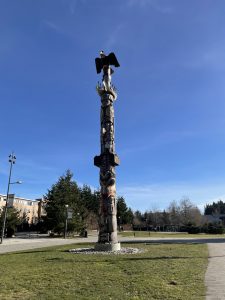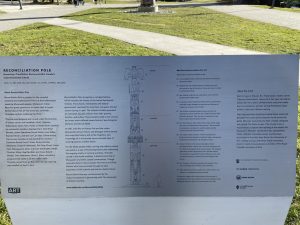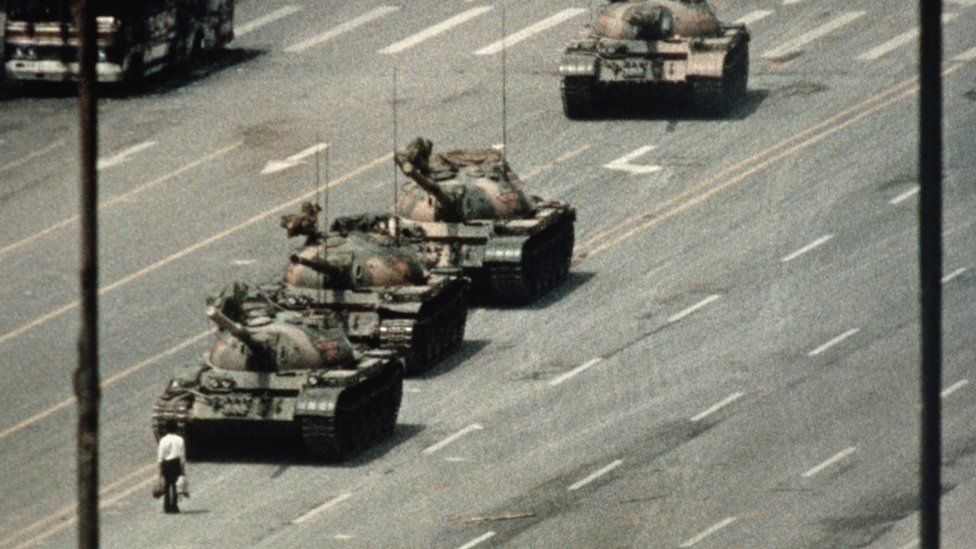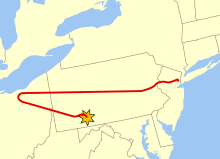Wow! Can’t believe we have all made it to the end of term two in our first year at UBC! I want to say thank you to everyone in our ASTU course as well as everyone in the GPC CAP for creating an atmosphere atmosphere great for academic discussions.
To be very frank, I am not the biggest fan of the ASTU class since I struggle from time to time during the course, but I do genuinely love what Professor Luger was trying to tell us in the course! The ASTU 100 class focused on contemporary literatures, many of the literatures are surrounding the topics of contemporary events and struggles as well as trauma. The literature we focused on were mainly on three topics: the post-9/11 world, the Viet Nam War and the struggle of the Indigenous population in Canada. As a person who was born after or was too young to understand what were happening around us, these world-changing events might seem to have so little to do with our lives nowadays at first glance. However, no matter how we would like to find a way to distant ourselves with those events that might have portrayed the darkest side of human beings, it is inevitable those events are still having tremendous influence in the world we are currently living in.
The best way for us human to not repeat mistakes we made in the past is not to ignore them, but to acknowledge what was done was done and try to look for the reasons behind. In my opinion, ASTU 100 offers us a great chance to review the tragedies many of us may choose to ignore. One of the topics in term 2 to me would be discrimination towards people from certain ethnicity. I would argue one of the reasons of discrimination in the past was due to the dominant narrative in the past. Not that people in the past wanted to be racist but rather they lived in a society where discrimination towards a non-white person was seen as the norm. In Abel’s Injun, Abel highlighted the use of some racially discriminating words that were in literature of the past. One of the biggest way people perceive the world is through literatures, people at the time were influenced by the literature written with a racial bias, possibly making the readers racially biased as well. That is why I am very hopeful that the future is bright since the master narrative have changed into embracing differences between people.
Again, here I would like to thank everyone who has been a part of my first year in UBC, I have truly learnt a lot in this friendly environment. The ASTU class will always be one of the most memorable course in my university life。






 UA 93’s flight path (Wikipedia, United Air Flight 93 https://en.wikipedia.org/wiki/United_Airlines_Flight_93)
UA 93’s flight path (Wikipedia, United Air Flight 93 https://en.wikipedia.org/wiki/United_Airlines_Flight_93)